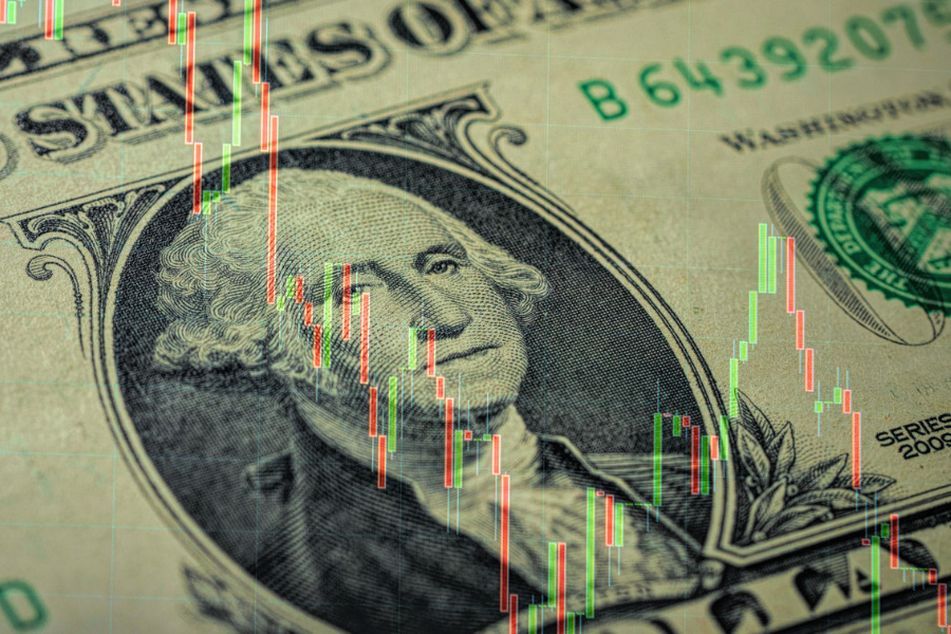US stock sell-off may intensify, Goldman Sachs warns

MD Scott Robner says it's a "no rules market" but expects year-end rally.
The two-month sell-off in U.S. stocks threatens to intensify as options dealers on Wall Street and fast-money traders both turn against the market.
Such is the warning from Goldman Sachs Group Inc.’s Scott Rubner, who has studied the flow of funds for two decades. With indexes such as the S&P 500 breaking below key thresholds, trend-chasing systematic funds are at risk of being forced to unwind equity holdings.
By his estimate, commodity trading advisers that surf the momentum of asset prices through long and short bets in the futures market will unload $48 billion of global stocks over the next week even if the benchmarks stand still.
Right now, market makers — with the capacity to move millions of shares to hedge their books — are mired in a stance where they have to go with the prevailing equity trend. That is, selling stocks when they go down and vice versa, exacerbating price swings in both directions.
The positioning, known as short gamma, has reached the most extreme level since Goldman began tracking the data in 2019.
“This is a no rules market and flows over fundamentals are the drivers of price action into the end of the quarter,” Rubner, a managing director at the bank, wrote in a note. “This dynamic remains negative in the ultra-short term.”
Stocks erased earlier losses Wednesday as the S&P 500 recovered from a 0.8% decline to end the session flat. The benchmark index has dropped almost 7% from its 2023 peak in July as the Federal Reserve’s resolve to keep interest rates higher for longer put pressure on stretched valuations. Along the way, the index lost support at 50-day and 100-day averages.
While trading has been orderly during the latest retreat, notable down days are adding up in stark contrast with the summer lull. The S&P 500 has fallen 1% on four separate sessions in the past five weeks. That followed a 47-day streak without a 1% drop through Aug. 1 — the longest run of resilience since January 2020.
The Goldman assessment echoes the view by Morgan Stanley’s trading team, who last week warned about the market’s rising fragility, citing a similar dynamic in positioning among options traders and momentum-chasing quant funds. While Fed policy and a potential government shutdown are grabbing headlines, the analysis highlights a more challenging technical backdrop on Wall Street.
On the flip side, should stocks start to rally again options dealers would need to chase the market in order to maintain a market-neutral posture. As such, they have the power to fuel market moves in both directions. A 1% shift in the market could translate to $3.3 billion of share buying or selling, according to Goldman’s model.
A bottom is likely to form in the first half of October, according to Rubner, who sees a year-end rally driven by favorable seasonality and a pickup in corporate buybacks.
About 90% of S&P 500 firms will enter an earnings-related blackout by the end of the week. If history is any guide, share repurchases will pick up in November and December, a two-month period that’s typically the busiest of a year, making up 21% of the annual total, data compiled by Goldman shows.
“The positive set up for Q4 is about as good as I have seen once we clear this flow-of-funds supply,” Rubner wrote. “I will sound the alarm bells when the ‘elevator is down, and we can ride the escalator up’ into the end of the year.”
Learn more about reprints and licensing for this article.








